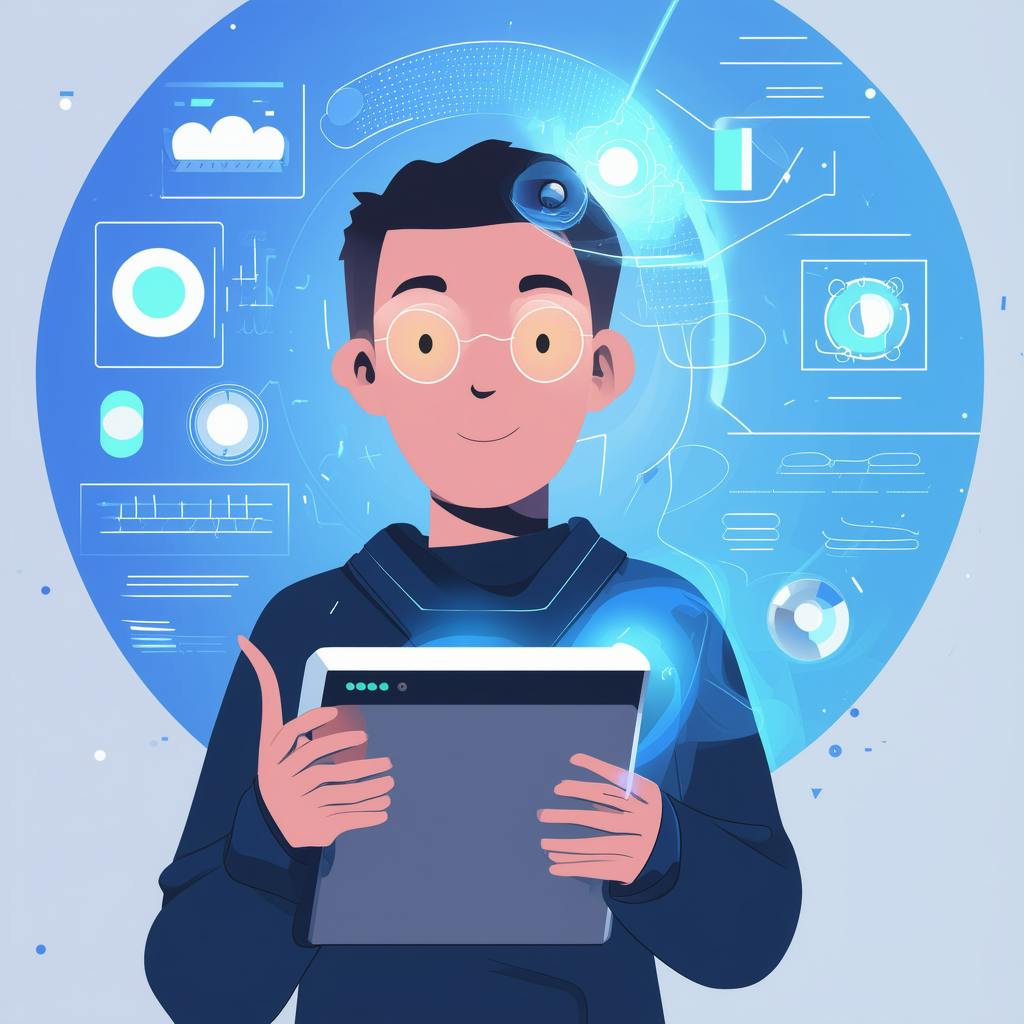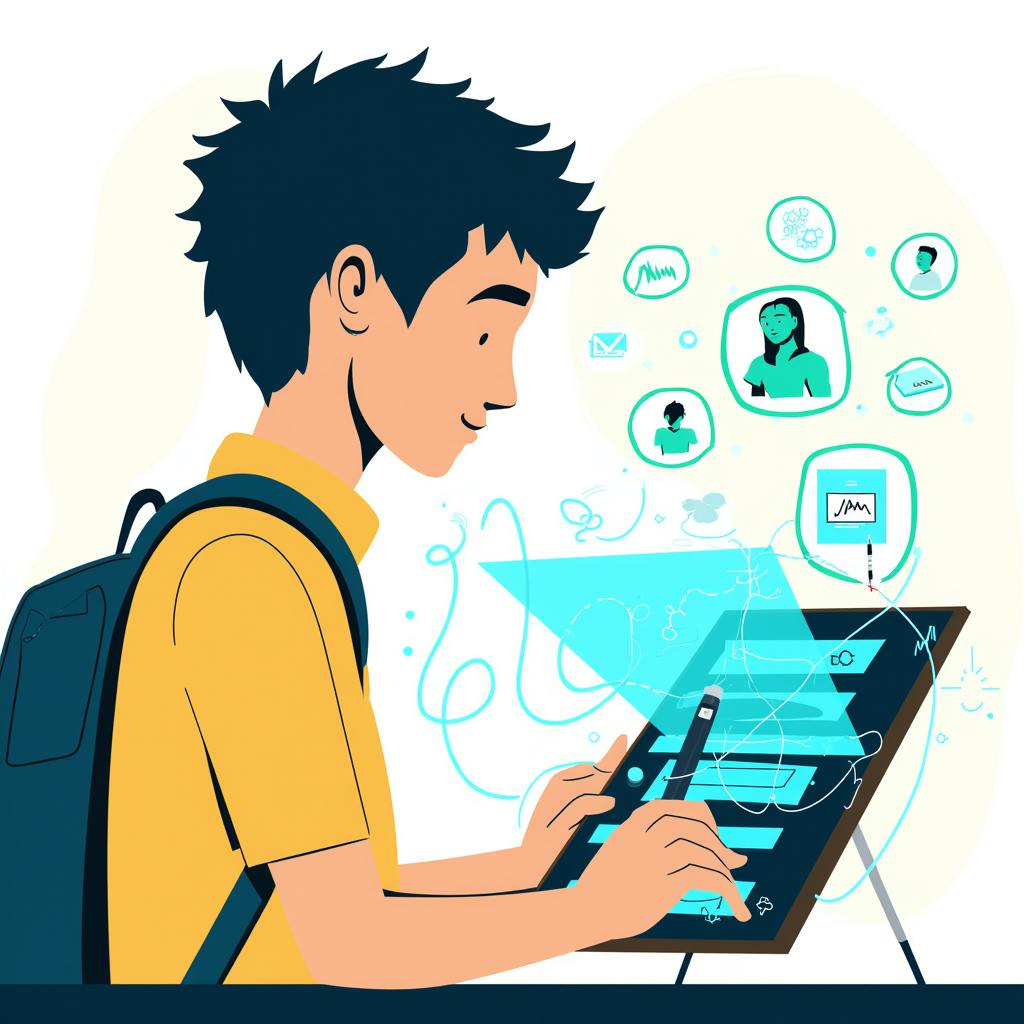Artificial Intelligence (AI) has emerged as a transformative force across various industries. Education is no exception. The integration of AI in education is revolutionizing the way teachers teach and students learn, offering numerous benefits that promise to enhance educational outcomes. From personalized learning experiences to smart classrooms equipped with AI, this technological advancement is reshaping the educational landscape. Let’s explore the key benefits of using AI in education and understand how it stands to make learning more effective and accessible.
Personalization at Its Finest
One of the most significant benefits of AI in education is personalized learning. Traditional teaching methods often struggle to cater to the individual needs of students due to constraints in time and resources. AI addresses this issue by tailoring the learning experience to meet each student's unique needs, strengths, and weaknesses. By analyzing data on how students interact with educational content, AI-powered platforms can customize lessons, recommend resources, and even adjust the difficulty of assignments. This ensures a deeper and more engaged learning experience for each student, as they can learn at their own pace and style.
AI-Based Tutoring Systems
In addition to personalizing learning experiences, AI-based tutoring systems are making quality education more accessible. These intelligent systems provide round-the-clock assistance, offering explanations, answering questions, and even grading assignments instantaneously. They give students the advantage of having a virtual tutor that is available 24/7, helping reinforce classroom learning and address gaps in understanding. Such systems are invaluable for students who may require additional support outside of the traditional classroom environment.
Adaptive Learning Technologies
Adaptive learning technologies represent another significant benefit of integrating AI in education. These technologies use sophisticated algorithms to continuously assess students' progress and adjust the curriculum accordingly. They identify learning patterns and advise educators on where additional focus might be needed, thereby optimizing learning pathways. This ensures that each student receives the right level of challenge and support, enabling more efficient and effective learning experiences.
Revolutionizing Student Assessments
AI in student assessments is modernizing the way evaluations are conducted. Traditional methods are often time-consuming and prone to subconscious bias. AI offers more objective assessments by automatically grading assignments and exams, thereby freeing up educators' time to focus on more meaningful interactions with students. Moreover, AI-driven diagnostics can provide insights into students' learning progress and issues with unprecedented accuracy, allowing educators to intervene when necessary to improve learning outcomes.
Smart Classrooms with AI
Smart classrooms powered by AI are transforming the educational environment. These classrooms are equipped with tools and technologies that facilitate interactive and immersive learning experiences. AI enables automatic attendance tracking, smart content delivery, and personalized feedback, enhancing classroom management and teaching efficiency. With AI, educators can instantly access a wealth of data to enhance lesson planning and student engagement, making classrooms more dynamic and effective.

AI made with Rita Lichtwardt
Frequently Asked Questions
What are the potential drawbacks of AI in education?
While AI offers many benefits, its integration into education poses challenges such as data privacy concerns, the need for significant investment, and potential job displacement for educators. It is crucial to address these challenges with comprehensive policies and frameworks.
Is AI accessible to all educational institutions?
The accessibility of AI varies across institutions, largely dependent on their resources and infrastructure. However, as AI technologies continue to develop and become more cost-effective, more schools are expected to implement AI solutions.
How can AI benefit teachers?
AI reduces administrative burdens on teachers, allowing them to devote more time to direct student interactions and personalized teaching. It also provides valuable insights into student performance and learning trends.
FAQ: Benefits of Using AI in Education
Artificial Intelligence (AI) is transforming many sectors, and education is no exception. As a Technology and Education Expert, I will address some frequently asked questions regarding the advantages of incorporating AI into the education system.
What are the main advantages of using AI in the education system?
AI offers several advantages in the education system, including:
- Personalized Learning: AI can tailor educational experiences to meet individual students' needs, learning styles, and paces. By analyzing data such as test scores, engagement rates, and learning preferences, AI systems can suggest customized learning paths, ensuring each student receives a unique educational experience.
- Efficient Administrative Tasks: AI automates routine administrative tasks such as grading, scheduling, and managing enrollment processes, allowing educators to focus more on teaching and developing curricula.
- Smart Content Creation: AI can assist in creating adaptive learning materials and digital content, including interactive simulations and quizzes, which are tailored to different learning levels and competencies.
- 24/7 Access to Learning: AI-powered educational platforms provide students with round-the-clock access to learning materials and resources, facilitating flexible learning environments and promoting continuous education beyond traditional classroom settings.
- Enhanced Teacher Support: AI can provide educators with timely insights into student progress, helping them identify who might require additional assistance or who is ready for more advanced lessons.
How can AI enhance the learning and teaching experience?
AI enhances both learning and teaching experiences in several ways:
- Adaptive Learning Systems: These systems adjust the difficulty of tasks and lessons based on real-time assessment of student performance, allowing students to learn at their own pace while ensuring they are neither overwhelmed nor under-challenged.
- Virtual Tutors and Assistants: AI-powered chatbots and virtual tutors can provide students with instant feedback and assistance, clarifying doubts and answering questions in real-time even outside school hours.
- Data-Driven Insights: For teachers, AI facilitates better data analysis of student performance, providing insights on learning patterns and outcomes that help tailor instructional strategies to better meet student needs.
- Gamified Learning: AI can enrich educational experiences through gamification, integrating quizzes, interactive simulations, and virtual reality, thereby making learning more engaging and effective.
- Inclusion and Accessibility: AI tools can support students with disabilities by offering personalized learning aids, including text-to-speech, speech-to-text, and other customizable accessibility features.
What are the significant benefits you should know about AI in education?
Some significant benefits of AI in education include:
- Scalability: AI can handle large volumes of data and interactions, allowing educational institutions to accommodate growing numbers of students without compromising quality.
- Equity in Education: By providing personalized resources, AI helps bridge educational gaps and ensures all students, regardless of their background, receive the necessary support to succeed.
- Professional Development for Educators: AI aids in teachers' ongoing professional growth by offering customized training modules and resources based on their performance and feedback.
- Resource Optimization: Schools and universities benefit from optimized resource allocation, using AI to effectively manage facilities, transportation, and learning materials.
- Continuous Improvement: AI systems continuously learn and improve from user interactions, ensuring that educational content and instructional methods remain current and effective.

AI made with Rita Lichtwardt
How does the use of AI in education impact student outcomes?
AI's impact on student outcomes is significant and multifaceted:
- Improved Academic Performance: Personalized feedback and adaptive learning paths contribute to better understanding and retention of knowledge, often leading to improved test scores and academic performance.
- Higher Engagement Levels: AI-driven content often increases student engagement through interactive and immersive learning experiences, resulting in deeper comprehension and motivation.
- Self-Paced Learning: Students benefit from the flexibility to learn at their preferred pace, revisiting topics as needed until mastery is achieved, which can lead to better learning outcomes.
- Development of Critical Skills: AI integration helps students develop critical thinking, problem-solving, and digital literacy skills, preparing them for future career challenges.
- Timely Interventions: By identifying students who are struggling or excelling, AI enables timely interventions, coaching, and rewards, which can help in retaining students and reducing dropout rates.
Conclusion
The integration of AI in education is not just an addition to existing methods but a transformative approach that offers a range of benefits, making learning more personalized, efficient, and accessible. From personalized learning and AI-based tutoring systems to adaptive learning technologies and smart classrooms, AI is set to redefine the educational experience. While the journey toward fully AI-enabled education may come with challenges, the opportunities it presents far outweigh the drawbacks. As AI continues to evolve, its role in education is certain to expand, promising a brighter, more inclusive future for learners worldwide.
Let us embrace the AI revolution in education, for it holds the potential to unlock new possibilities and empower the next generation of learners.

